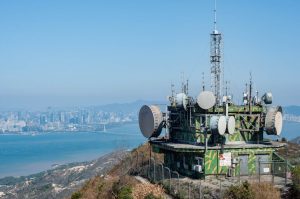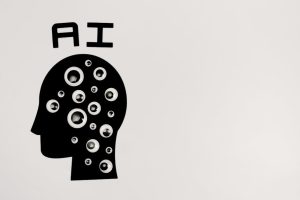AI is helping to solve an ancient mystery involving Mount Vesuvius. Here's how.

AI technology is playing a crucial role in unraveling the mysteries surrounding the ancient city of Pompeii and the eruption of Mount Vesuvius. By using artificial intelligence, researchers are able to analyze new discoveries and gain insights into what life was like in Pompeii before the catastrophic event.
The eruption of Mount Vesuvius in 79 A.D. buried the city of Pompeii under layers of ash and pumice, preserving it for centuries. Recent excavations in the area have uncovered new artifacts and human remains that provide clues about the daily lives of the residents of Pompeii.
AI technology is being used to analyze these new findings and reconstruct the past. By processing vast amounts of data, AI algorithms can identify patterns and connections that would be difficult for humans to discern. This helps researchers understand how the people of Pompeii lived, what they ate, and how they interacted with each other.
One of the most exciting developments in this research is the use of AI to recreate the faces of the victims of the eruption. By analyzing skeletal remains, researchers are able to generate 3D models of what these people may have looked like. This not only provides valuable historical information, but also humanizes the victims and helps us connect with the past on a more personal level.
Overall, AI technology is revolutionizing the way we study ancient civilizations like Pompeii. By unlocking the secrets hidden in the ruins, researchers are gaining a deeper understanding of our shared history and the events that shaped our world.



